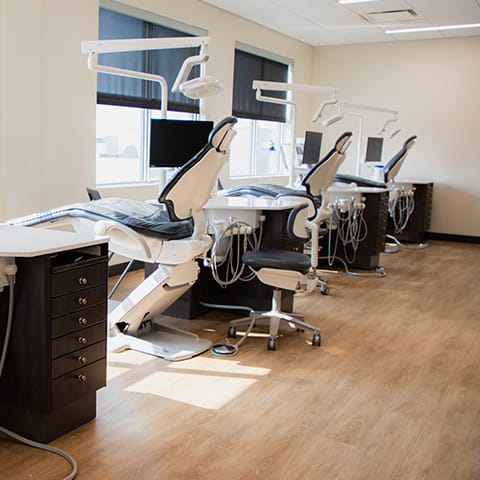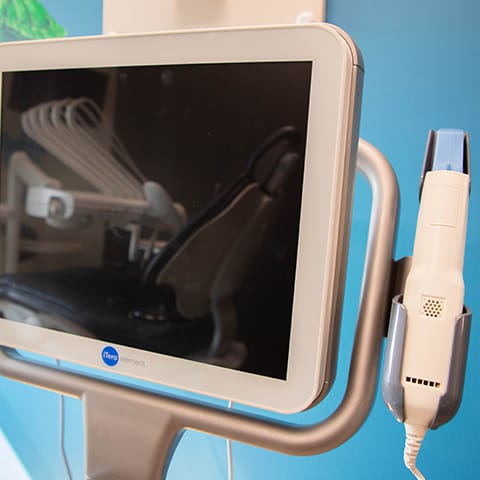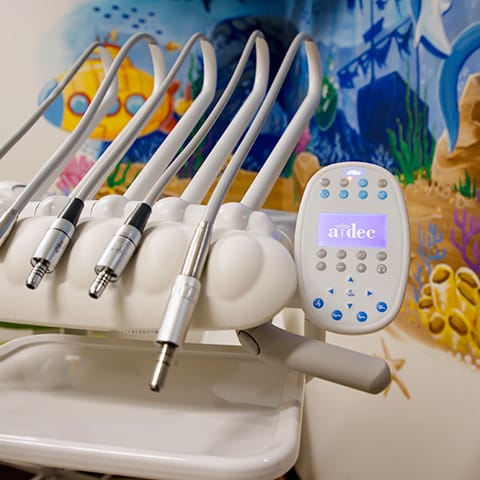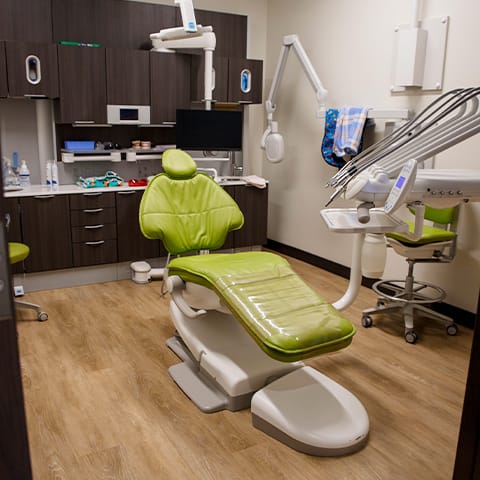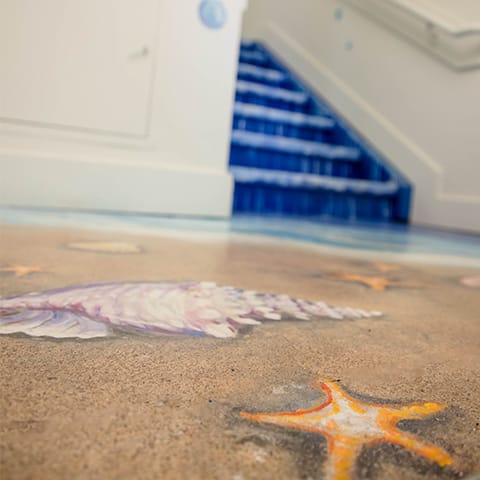Restore Your Smile with a Crown or Bridge
Crowns and bridges can protect your oral health, and therefore, the beauty of your smile.
If you have missing or damaged teeth and it’s affecting the way you chew or speak, you may benefit from one of these restorative treatments. Book your next dental appointment for trusted, comprehensive care.
Book AppointmentDental Crowns
A dental crown can also be referred to as a cap. You can think of it as a hollow, protective cover for your natural tooth. If your natural tooth is damaged, discoloured, or misshapen, a crown can be used to restore its shape, function, and appearance.
A crown can be a long-lasting smile solution, as long as it’s well taken care of. Remember to brush and floss twice a day and avoid biting down on hard objects.
Dental Bridges
A dental bridge is a restorative dental method used to replace one or more missing teeth. This row of artificial teeth are typically held in place with a crown on each end that gets secured to your natural teeth. If needed, a bridge can also be held in place by dental implants.
Your dental bridge can last up to 10 years or longer with the proper care. Bridges should be brushed and flossed daily. Your dentist can go over how to carefully maneuver around your teeth for best maintenance.
There Are Plenty of Reasons to Smile
Gain more reasons to smile when you visit the dentist for a regularly scheduled cleaning and examination. Taking care of your oral health allows you to have a beautiful, long-lasting smile you can proudly show off to the world.
Please book an appointment to visit your trusted dentist today and see if you could benefit from a dental crown or bridge.
Book AppointmentCome Visit Us

You can find us just off 50 Street, with plenty of parking available in front of the clinic. Look for our beautiful Bloom sign!
Our Address
- 6209 50 St., #201
- Leduc, AB T9E 7A9
Contact Us
- Phone: 780-612-9762
- Email: info.ortho@bloomdentistry.ca
Clinic Hours
- Monday: 8:00 AM – 4:00 PM
- Tuesday: 8:00 AM – 4:00 PM
- Wednesday: 8:00 AM – 4:00 PM
- Thursday: 8:00 AM – 4:00 PM
- Friday: 8:00 AM – 4:00 PM
- Saturday: By Appointment
- Sunday: Closed












